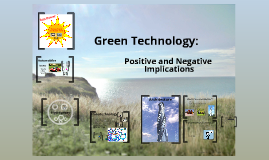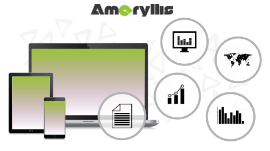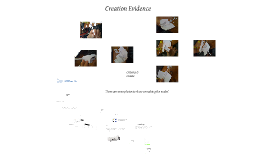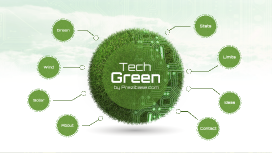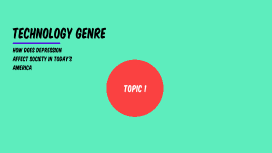Green technology presentation
Transcript: Presentated by Bruce and Greg Wind Power Overview Overview key concept and thesis statement Wind power or wind energy describes the process by which the wind is used to generate mechanical power or electricity. Wind turbines convert the kinetic energy in the wind into mechanical power. This mechanical power can be used for specific tasks (such as grinding grain or pumping water), or can be converted into electricity by a generator. In this presentation we will introduce the mechanism of wind power and analye its possitive outcome and drawbacks, which will eventually come to a conclusion. The power of wind The power of wind what is wind power How wind are form How wind are form Typically, this begins with the sun’s radiation, which is absorbed differently on the earth’s surface. The earth's surface is heated differently because of scenarios like cloud cover, mountains, valleys, water bodies, vegetation and desert lands. As a result of this uneven heating, there are bound to be earth surfaces that vary a lot in temperature. Air on surfaces with higher temperatures will then begin to rise because it is lighter (less dense). As the air rises, it creates low atmospheric pressure. Air on surfaces with cooler temperatures sink (do not rise). The sinking creates higher atmospheric pressure. This behaviour or warm gases or liquids moving upward and being replaced by cooler particles is called Convection. The energy moving during convection is called convectional current Map Map China China India India United State United State Europe Europe history history Text Text 1st century AD: For the first time in known history, a machine that powered by wind had been created by a Greek engineer, Heron of Alexandria. 1887: Scotland built the first known wind turbine used to produce electricity. The wind turbine is created by Professor James Blyth. This 10 m high, cloth-sailed wind turbine was installed in the garden of his holiday cottage, it was used to charge accumulators, power the lighting in the cottage, thus making it the first house in the world to have its electricity supplied by wind power. 1891: A Danish scientist, Poul la Cour, develops an electricity-generating wind turbine. In 1895 Poul la Cour converts this windmill into a prototype electrical power plant and used to provide electricity for lighting for a village. By 1900, there’s approximately 2,500 windmills are being used across Denmark for mechanical purposes, such as grinding grains and pumping water. 1975: The first US wind farm is put into use, producing enough power for up to 4,149 homes. 1991: The first offshore wind farm in the world is constructed in southern Denmark. 2010: Global wind power capacity reaches 197,039 megawatts. Timeline Timeline Timeline 1th century AD the first wind turbine that produce electricity 1887 1891 1991 The first wind-powered machine was built development of windmill the first WInd farm in The US Mechanism Mechanism https://www.youtube.com/watch?v=qSWm_nprfqE how does it work how does it work Wind energy have been harnessed for hundreds of years. From old Holland to farms in the United States, windmills have been used for pumping water or grinding grain. Today, the windmill modern equivalent - a wind turbine - can use the windenergy to generate electricity. Wind turbines, like windmills, are mounted on a tower to capture the most energy. At 100 feet (30 meters) or more aboveground, they can take advantage of the faster and less turbulent wind. Turbines catch the wind energy with their propeller-like blades. Usually, two or three blades are mounted on a shaft to form a rotor. A blade acts much like an airplane wing. When the wind blows, a pocket of low- pressure air forms on the downwind side of the blade. The low-pressure air pocket then pulls the blade toward it, causing the rotor to turn. This is called lift. The force of the lift is actually much stronger than the wind force against the front side of the blade, which is called drag. The combination of lift and drag causes the rotor to spin like a propeller, and the turning shaft spins a generator to make electricity. Wind turbines can be used as stand-alone applications, or they can be connected to a utility power grid. For utility-scale sources of wind energy, a large number of wind turbines are usually built close together to form awind plant. (http://www.renewableenergyworld.com/wind-power/tech.html) Possitive Outcome Possitive Outcome 1. This is an renewable resources 2. Environmental friendly Wind is a clean source of renewable energy that produces no air or water pollution. And since the wind is free, operational costs are nearly zero once a turbine is erected. Mass production and technology advances are making turbines cheaper, and many governments offer tax incentives to spur wind-energy development. Renewable Renewable (https://www.nationalgeographic.com/environment/global-warming/wind- power/) There is no green house gas emission and other form of polltion during






